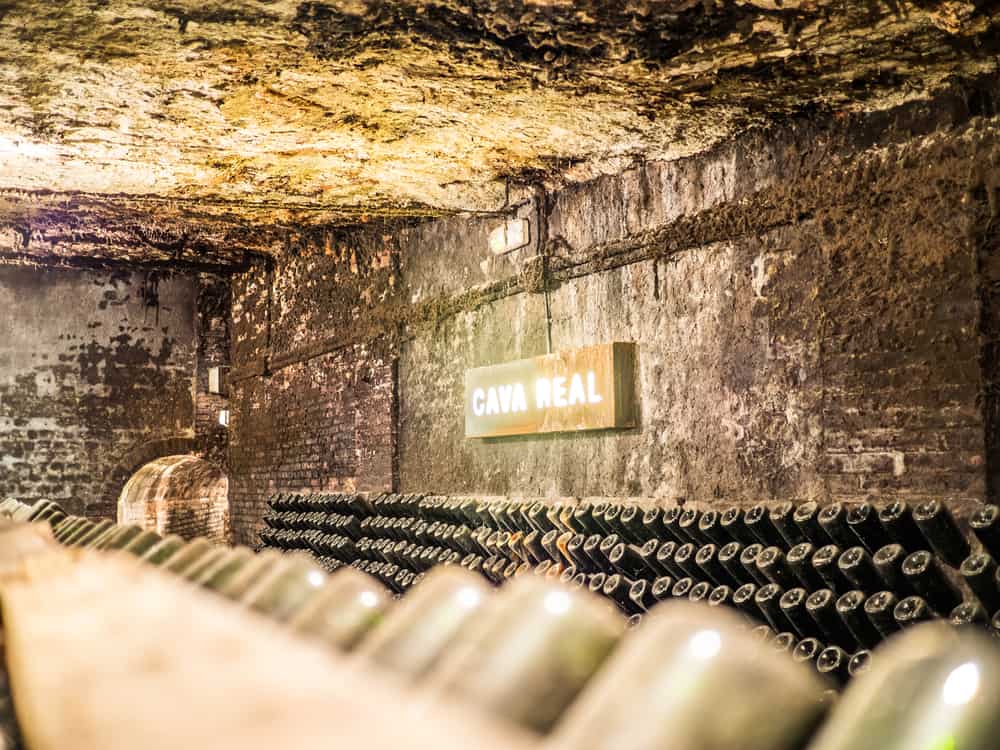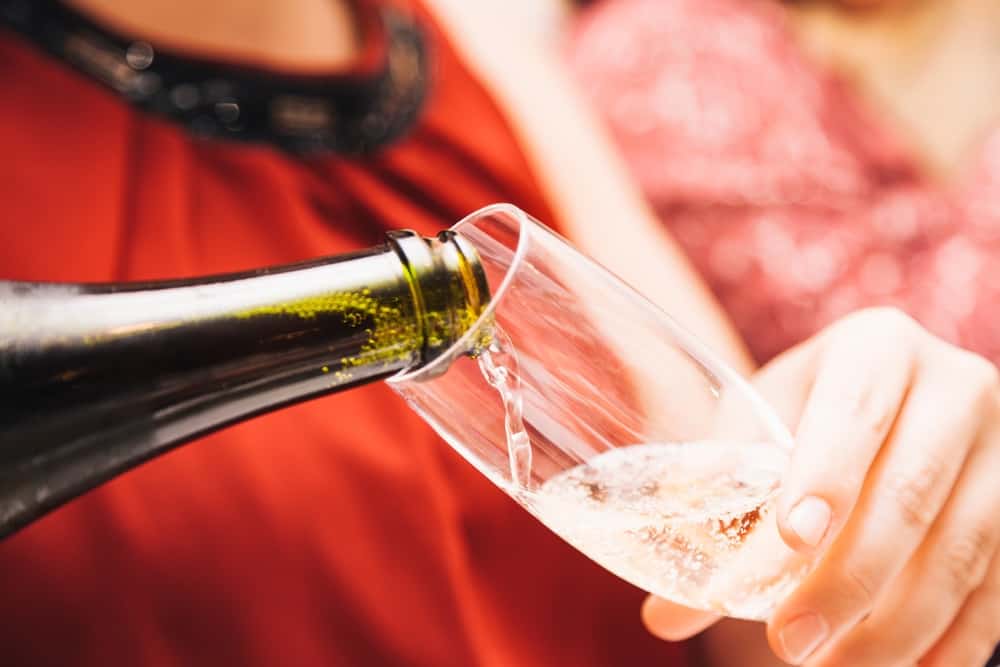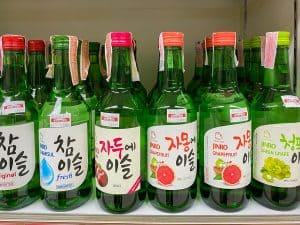
Cava is a Spanish sparkling wine that has been gaining popularity in the United States over the past few years. While it shares some similarities with Champagne, a few key differences make cava unique.
Cava drink is a traditional Spanish wine made in the same way as champagne. The main difference between the two drinks is that cava uses different types of grapes and is produced in Spain. Cava is also typically less expensive than champagne.
Cava is an excellent option if you’re looking for a bubbly wine to serve at your next party or special event.
Here’s everything you need to know about this delicious Spanish drink.
Origin of Cava Drink

The origin of the cava drink can be traced back to the early 19th century when a group of Spanish monks began making sparkling wine from the local Catalan grapes. At the time, this type of wine was known as xampany, a word derived from the Champagne region of France.
In the 1920s, a new type of sparkling wine called cava was created in the town of Freixenet. This wine became popular throughout Spain, and in the 1970s, it began to be exported to other countries. Today, cava is one of Spain’s most popular wines and continues to grow in popularity worldwide.
How Is Cava Made?

Cava is made using the traditional method of champagne production, which involves a second fermentation process in the bottle. The wine is then left to age for a minimum of nine months before being sold.
Most cava producers use a blend of three different grapes: Macabeo, Xarel-Io, and Parellada. These grapes are native to the Catalonia region of Spain, where most cava is produced.
The Macabeo grape gives cava its light flavor, while the Xarel-Io grape adds body and structure. The Parellada grape is used for its delicate aromatics.
Cava can be either white or rosé, depending on the grapes used in the production process. White cava is made using 100% Macabeo grapes, while rosé cava is typically blended with Macabeo and Xarel-Io grapes.
Different Types of Cava Drink

There are three main types of cava, each of which is classified based on the length of time it has been aged.
Cava Brut
This is the most common type of cava, aged for a minimum of nine months. Cava brut is dry and light-bodied, with moderate alcohol content.
Cava Reserva
Cava Reserva is aged for a minimum of 15 months. This cava is slightly sweeter than brut and has a richer flavor.
Cava Gran Reserva
Cava Gran Reserva is the highest quality cava, aged for a minimum of 30 months. This wine has a creamy texture and rich flavor, with hints of anise, nuts, dried fruits.
How To Serve Cava

Cava should be served chilled in a flute glass. For an Ideal taste, it’s best to drink it within two years of the production date.
When serving cava, you may notice sediment at the bottom of the bottle. This sediment is composed of dead yeast cells and grape skin particles, and it’s completely harmless to consume. However, if you prefer not to drink it, you can pour your cava into a decanter before serving.
What Foods Pair Well With Cava

Pairing cava with food can be a lot of fun, with many different options. Here are a few of our favorites:
Cheese
Aged cheeses like Parmesan or Gruyere are perfect for cava, as their rich flavors match the wine’s acidity.
Seafood
Cava is an excellent match for seafood dishes like shrimp or crab salad. The wine’s acidity helps cut through the seafood’s richness and enhances its flavors.
Pork
Cava pairs well with pork dishes like ribs or pulled pork. The wine’s sweetness and fruitiness balance the pork’s salty, fatty flavors.
Fruit
Cava is also great when served with fruit desserts or fruit-based cocktails. The wine’s sweetness complements the natural sweetness of the fruit, and its acidity helps balance out the sweetness.
Health Benefits of Drinking Cava
Like other types of wine, cava is a source of antioxidants and other nutrients that may offer health benefits.
- Increased heart health: The antioxidants in cava may help improve heart health by reducing the risk of cardiovascular disease.
- Reduced inflammation: Cava’s antioxidants may also help reduce inflammation throughout the body, leading to better health overall.
- Improved gut health: The probiotics in cava may help improve gut health by boosting the growth of healthy bacteria.
- Enhanced brain health: The antioxidants in cava may help to protect the brain from damage and improve cognitive function.
Drawbacks of Drinking Cava
While cava does offer some potential health benefits, there are also some drawbacks to drinking it.
- Increased risk of cancer: Some studies have shown that drinking cava may increase the risk of certain types of cancer, such as breast cancer.
- Negative impact on fertility: Cava may also harm fertility, as it can reduce the number of healthy sperm in men.
- Weight gain: Cava is high in calories and sugar, leading to weight gain if consumed in excess.
Conclusion
Cava is a type of Spanish sparkling wine that is made from white or red grapes. It is typically dry and light-bodied, with moderate alcohol content.
Cava can be served chilled in a flute glass and pairs well with cheese, seafood, pork, fruit, and desserts. Cava also offers some potential health benefits but may also have some drawbacks. If you’re considering drinking cava, speak with your doctor first to weigh the risks and benefits. Salud!








